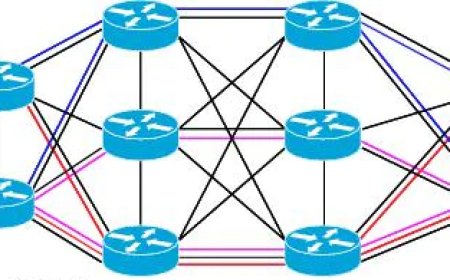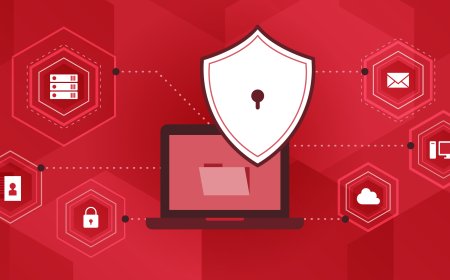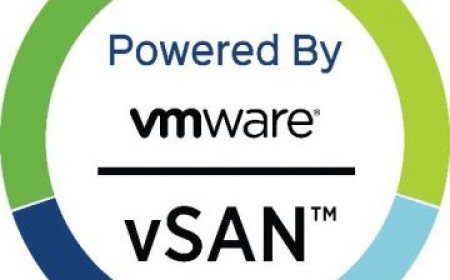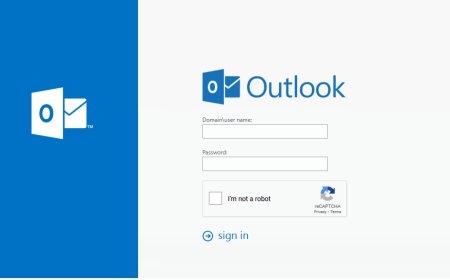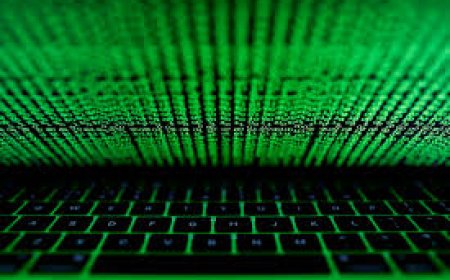LINUX Commands - Cheat Sheet
LINUX Commands - Cheat Sheet for LINUX System Administrators

LINUX COMMAND CHEAT SHEET
90 Linux commands that Linux sysadmins and power Linux users regularly use.
1. ip - used to show or manipulate routing, devices, and tunnels.
2. ls - list the contents of a directory.
3. df - Displays the amount of disk space used.
4. du - display a list of all the files along with their respective sizes.
5. free - use to get a detailed report on the system's memory usage.
6. scp - securely copy files or directories over ssh.
7. find - locates files using user-defined criteria.
8. ncdu - provides a useful and convenient way to view disk usage.
9. pstree - used to show running processes in a tree (data structure).
10. latest - displays a list of the most recently logged-in people.
11. w – display a list of the currently logged-in user sessions.
12. grep - searches a file for a pattern of characters and displays all lines that match.
13. awk - a scripting language used for text processing.
14. sed - stream editor used to perform lots of functions on files, like searching, find and replace, insertion, or deletion.
15. cut - allows you to cut out sections of a specified file or piped data and print the result to standard output.
16. sort - used to sort files.
17. uniq - used to extract uniq occurences.
18. tr - utility for translating or deleting characters.
19. diff - used to display differences in files by comparing line by line.
20. uptime – displays the system uptime as well as the load average.
21. top – shows a real-time view of running processes in Linux.
22. vmstat - used to obtain information about memory, system processes, paging, interrupts, block I/O, disk, and CPU scheduling.
23. htop - a process viewer and manager that is interactive.
24. dstat - allows you to view all of your system resources instantly. All-in-one vmstat, iostat, netstat, and ifstat utility.
25. Iftop is a network traffic viewer.
26. nethogs - is a network traffic analyzer.
27. iotop - is an interactive I/O viewer. Get a snapshot of storage r/w activity.
28. iostat - provides statistics on storage I/O.
29. netstat -used to show network statistics.
30. ss - ss command is a simpler and faster version of the now obsolete netstat command.
31. atop – a tool for monitoring system resources in Linux.
32. ssh – secure protocol used as the primary means of connecting to Linux servers remotely.
33. sudo - run commands with administrative privileges.
34. cd – navigate between directories.
35. pwd – displays the current directory path.
36. cp - copy files and directories.
37. mv – move file or directories.
38. rm – deletes files and directories.
39. mkdir - create new directories.
40. touch – used to create, update a computer file or directory's access and modification dates.
41. man – used to read system reference manuals.
42. apropos – searches manual page names and descriptions for a user-supplied keyword.
43. rsync - remote file transfer and synchronization.
44. tar - is an archive utility.
45. gzip - use for compression and decompression of files.
46. b2zip - a compression utility comparable to gzip. It employs a distinct compression algorithm.
47. zip – used for file packaging and compression (archiving).
48. locate – in Linux, search for files.
49. ps – allows you to list the status of processes running on your system easily.
50. cron - execute scheduled tasks.
51. nmcli - sused to display network device status, create, edit, activate/deactivate, and delete network connections.
52. ping - sends an ICMP ECHO REQUEST to network hosts.
53. traceroute - examine the path packets follow to reach a specific host.
54. mtr - is a network diagnostic tool, a combination of ping and traceroute commands.
55. nslookup - interactively query Internet name servers (NS).
56. host –used for DNS (Domain Name System) lookup operations.
57. dig – DNS lookup tool.
58. wget - download files through HTTP, HTTPS, FTP, and FTPS.
59. curl – data transport via several network protocols. (Can handle more protocols than wget).
60. dd - used to convert and copy files.
61. fdisk - Modify the disk partition table.
62. parted – used to create and manipulate partition tables.
63. blkid - a command-line utility for finding and printing block device attributes.
64. mkfs - create a Linux file system.
65. fsck - an utility for determining the consistency of a file system.
66. nc - used for just about anything under the sun involving TCP or UDP.
67. umask - returns, or sets, the value of the system's file mode creation mask.
68. chmod – alters the access rights of file system objects.
69. chown – alter the owner and group of a file.
70. chroot - used to change the root directory.
71. useradd - create a new user or alter the default information for a new user.
72. userdel - used to delete a user account and all associated files.
73. usermod – used to edit or change any existing user account's properties.
74. vi is a text editor.
75. cat – displays the contents of a file.
76. tac – reverse output file contents.
77. more - show file contents one screen/page at a time.
78. less – identical to more, but with more features.
79. tail – used to show the last few lines of a text file or piped data.
80. head - used to show the first few lines of a text file or piped data.
81. dmesg – displays the kernel ring's message buffer.
82. journalctl - Tused to view systemd, kernel and journal logs.
83. kill - terminates a process.
84. killall - sends a kill signal to all instances of a specific process.
85. sleep – pauses program execution for a given amount of time.
86. wait – suspend script execution until all background jobs have been completed.
87. nohup - short for no hang up is a command in Linux systems that keep processes running even after exiting the shell or terminal.
88. screen – keep a remote server session open. (It also functions as a full-screen window manager.).
89. tmux is a terminal multiplexer.
90. passwd — Change the password.
What's Your Reaction?









